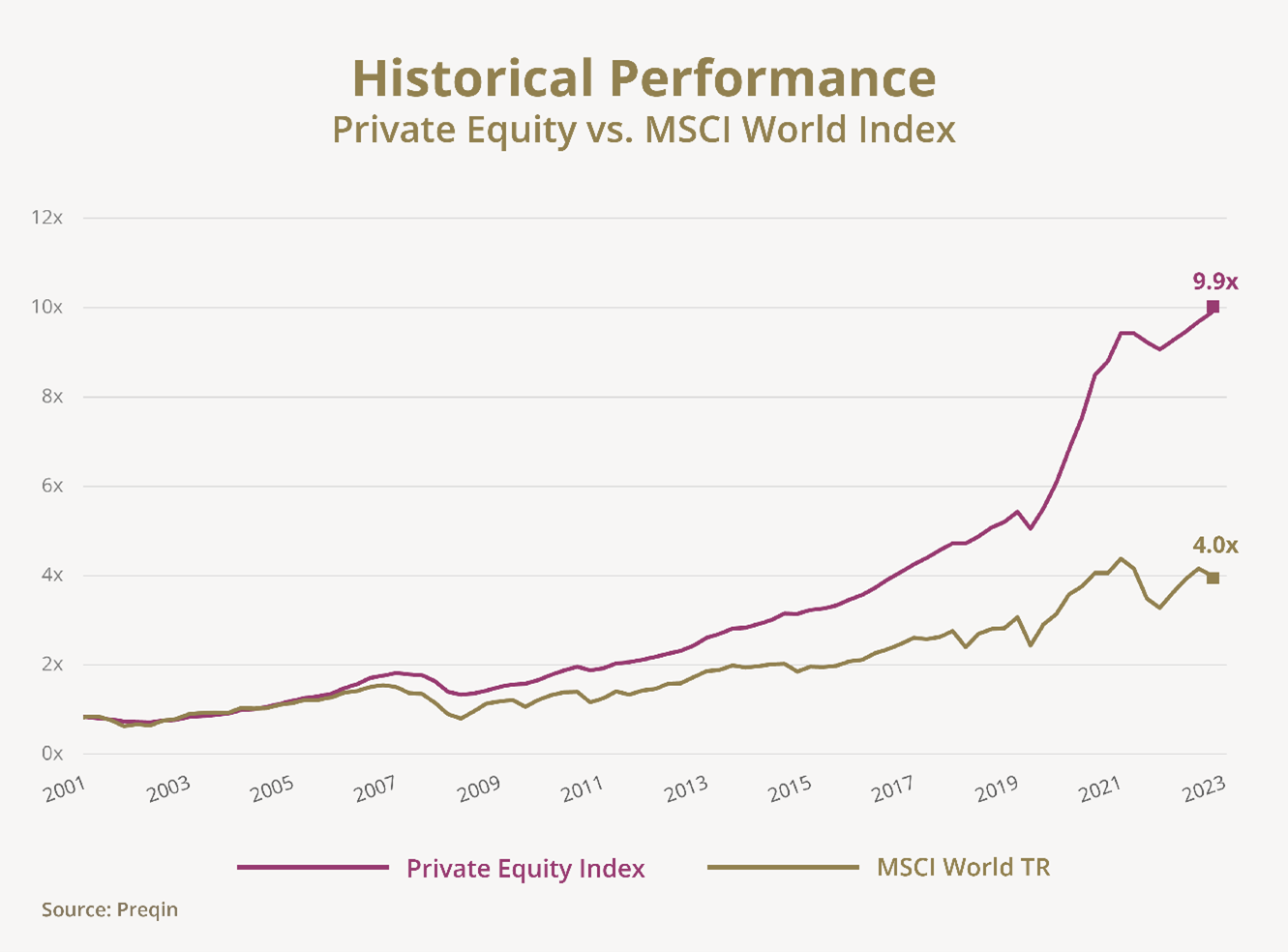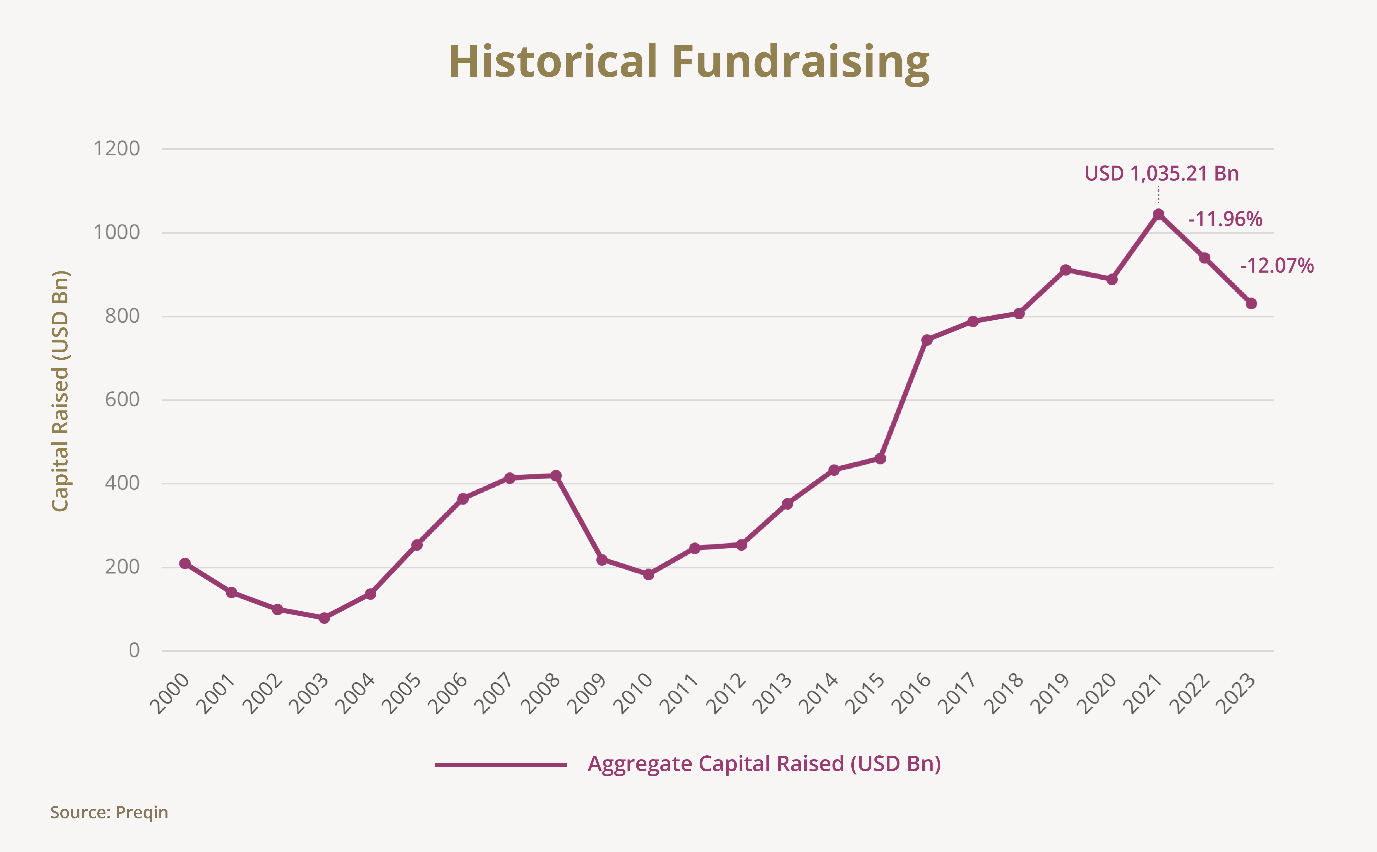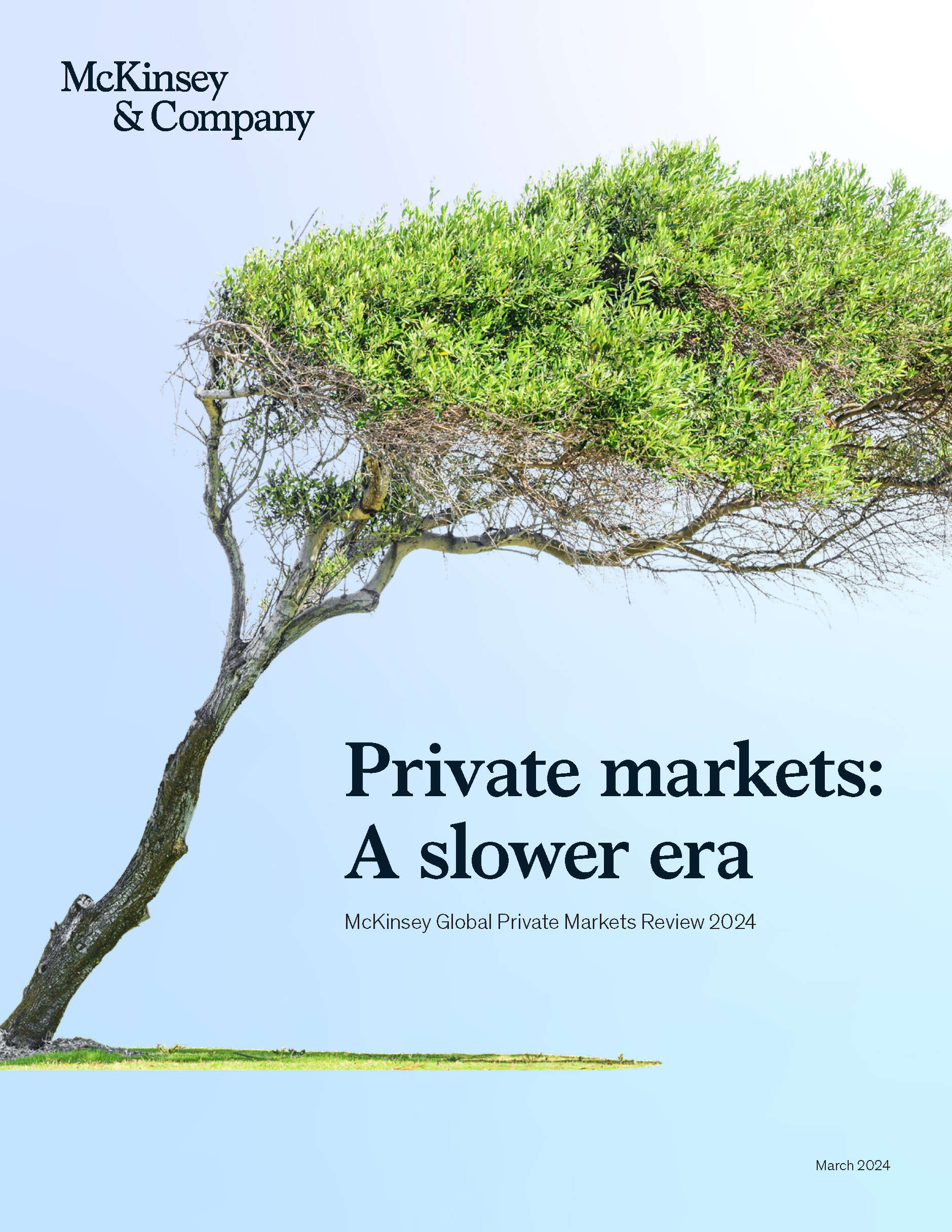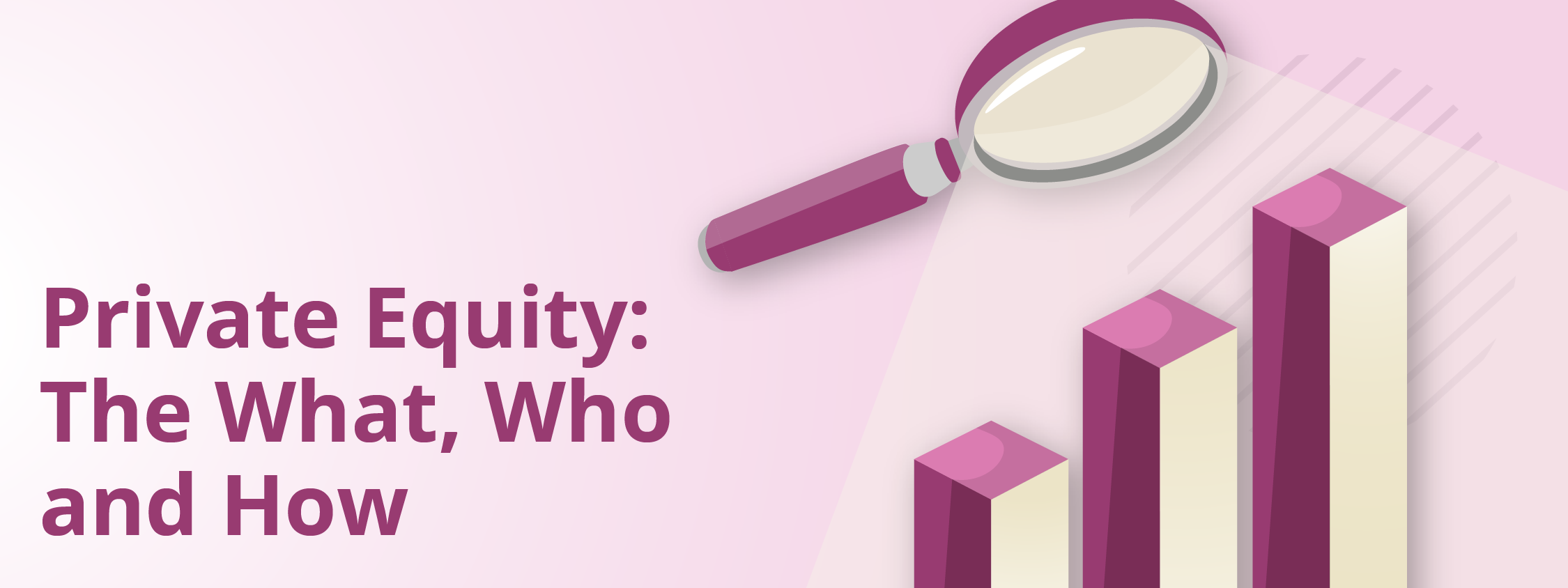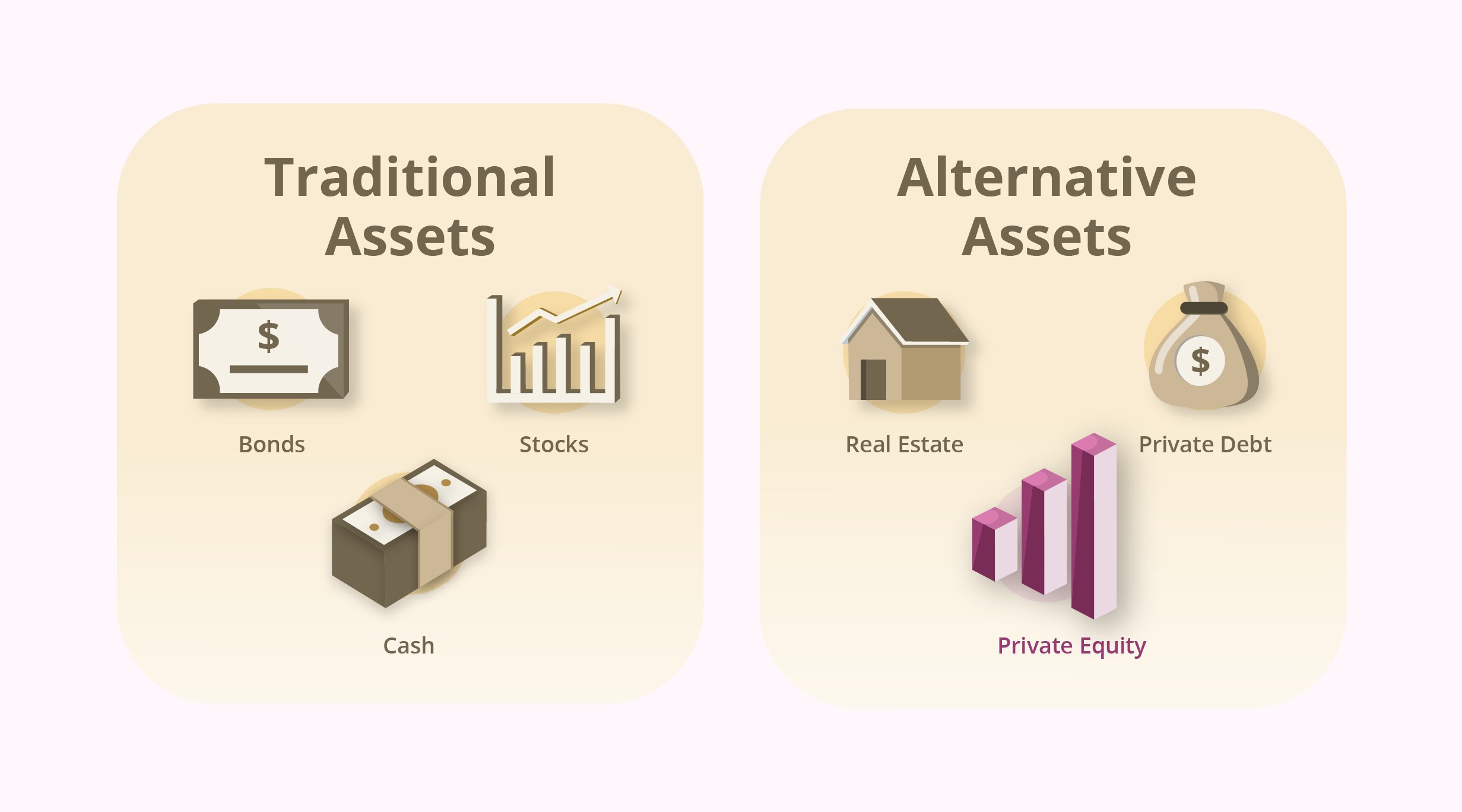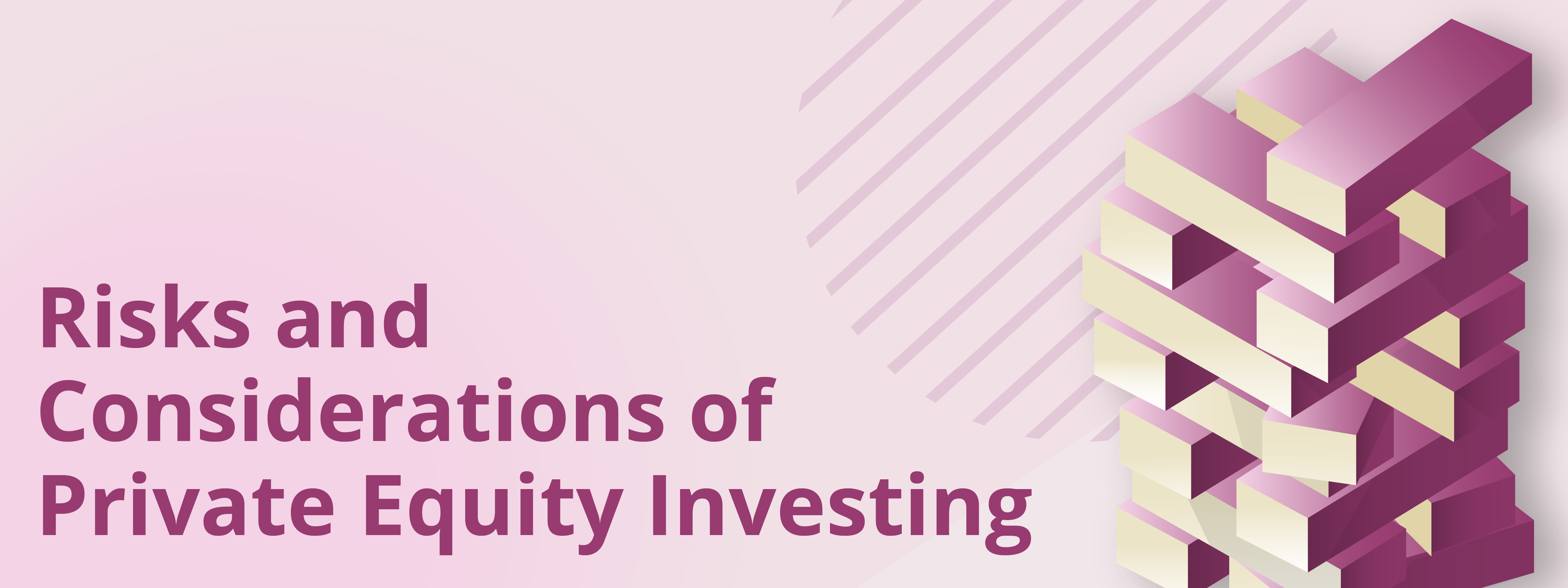
In this article, we unpack the key considerations in private equity (“PE”) investments and juxtapose them with traditional assets to help investors gain a better understanding of this asset class.
A PE Investor’s Considerations
![]()
1. Risk Tolerance
Every investor’s risk profile is different. In PE, this dictates whether one leans towards high-risk, high-reward early-stage companies or the relative stability of established firms with steady cash flows. Understanding your risk appetite is key to shaping a PE strategy that fits your investment personality.
Compared to traditional investments such as stocks and bonds, PE typically involves higher risks due to its illiquid nature and longer investment horizons.
2. Time Horizon
PE is a long game, requiring investors to commit capital for extended periods. PE investments are illiquid and cannot be easily sold or transferred.
In contrast, public market investments offer shorter time horizons. Stocks are highly liquid, allowing investors to buy and sell shares within the same trading day. Bonds, depending on their type and maturity date, can offer medium-term investment horizons for investors who buy and hold to maturity.
3. Capital Commitment
Understanding the concept of a capital call is essential in PE investing, where funds operate on a capital call basis. This means that investors commit a certain amount of money to the fund, but this capital is not invested immediately into the fund. Instead, the fund managers call for portions of these commitments as investment opportunities arise over time. The timing and amount of each capital call is determined by the fund's strategy and market conditions. For investors, this necessitates careful cash flow management to ensure that sufficient liquid assets are available to meet these calls when they occur.
4. Liquidity
The liquidity risk in PE refers to the difficulty of quickly converting an investment into cash. Unlike publicly traded stocks or bonds, PE investments are in companies that do not have publicly traded shares available on stock exchanges. This absence of a public market means there is no easy mechanism for buying and selling these investments, contributing to their illiquidity. While there is a secondary market for PE interests, selling these stakes via this channel may require significant discounts to their perceived value, and finding a buyer can be challenging and time-consuming.
5. Capital Risk
As with any investment, there is a potential for loss on your invested funds. PE investments are also directly impacted by the operational performance of the underlying portfolio companies, which can vary widely and be affected by factors such as management performance, competitive pressures and market demand for their products or services. Additionally, the broader economic and financial environment can reduce the value of investments. Given these dynamics, investors face the risk that their capital may not only fail to generate the expected returns but also suffer losses if the underlying portfolio companies do not perform as anticipated.
Wrapping It Up
Embarking on the journey of PE investing involves a deep dive into your financial aspirations, risk appetite and long-term goals. It is essential to enter the PE space with a clear understanding of its complexities and a strategy aligned with one's investment goals and constraints. By doing so, investors can leverage PE’s potential rewards while managing the inherent risks. Like any investment, due diligence, professional advice and a balanced perspective are key to making informed decisions that resonate with your broader financial goals.








